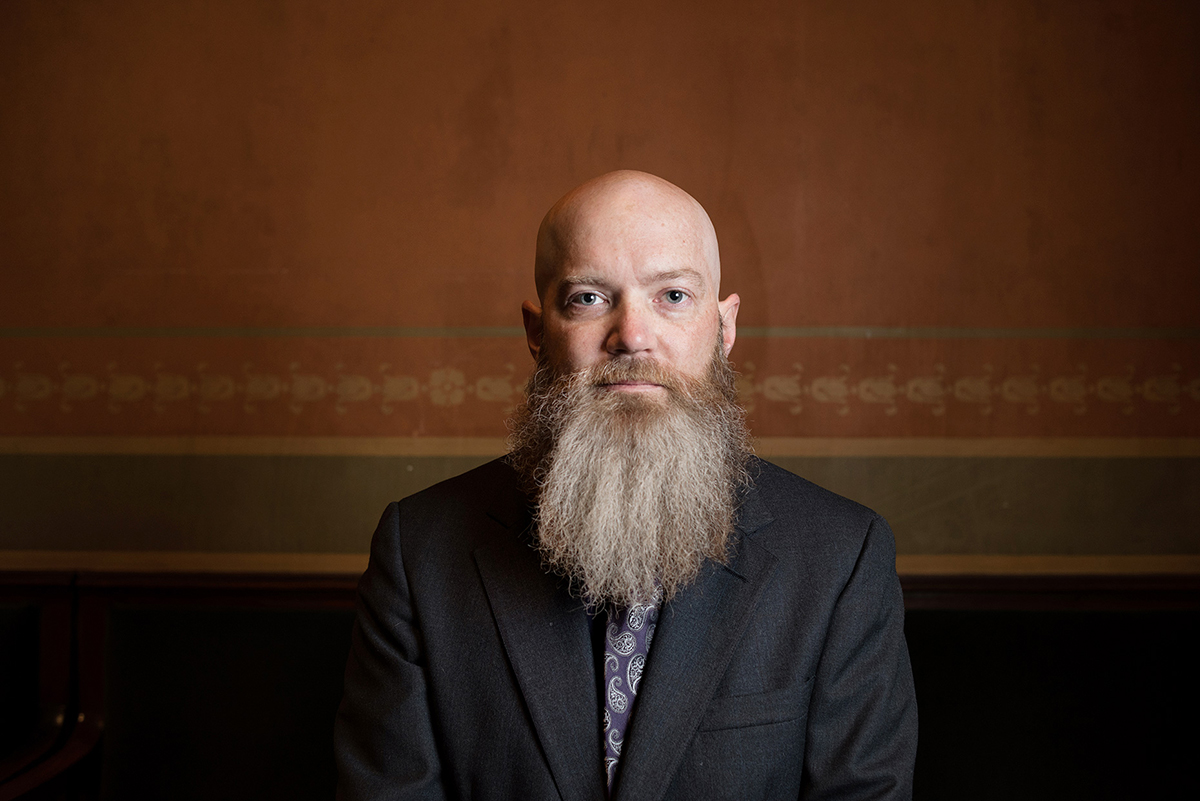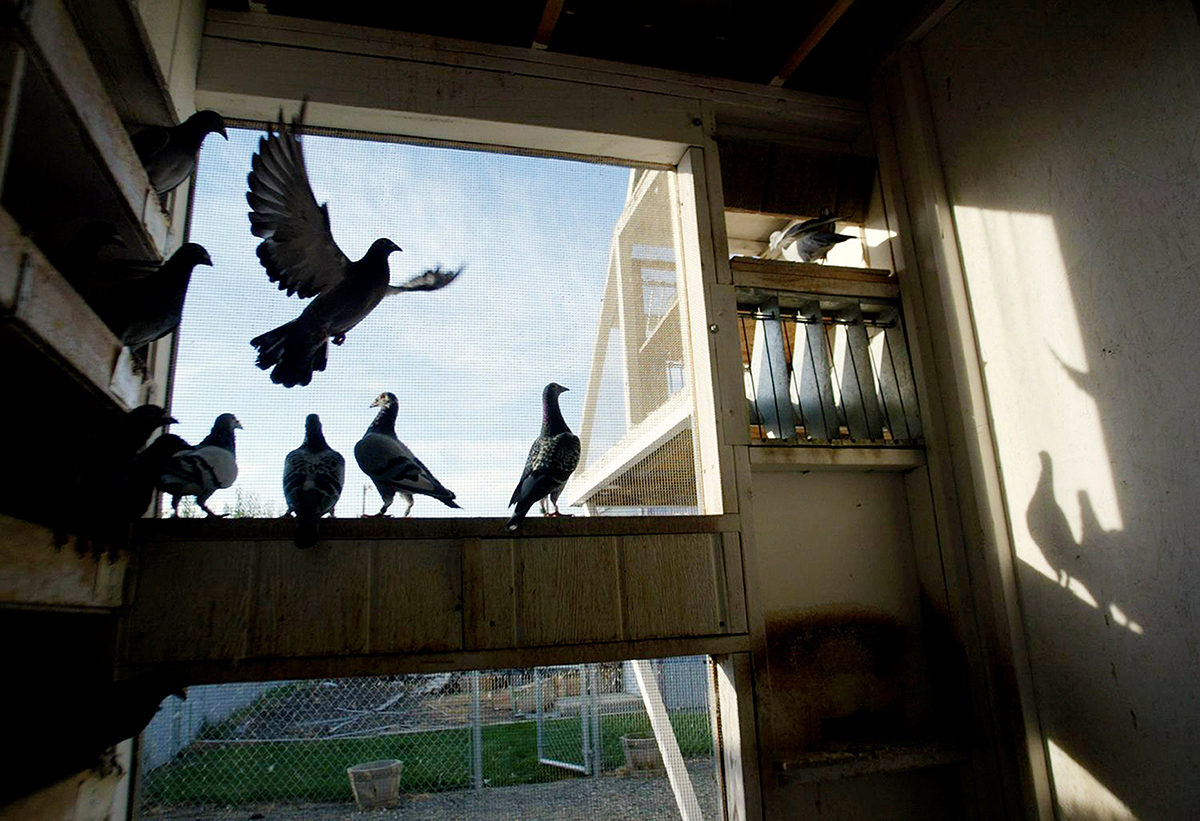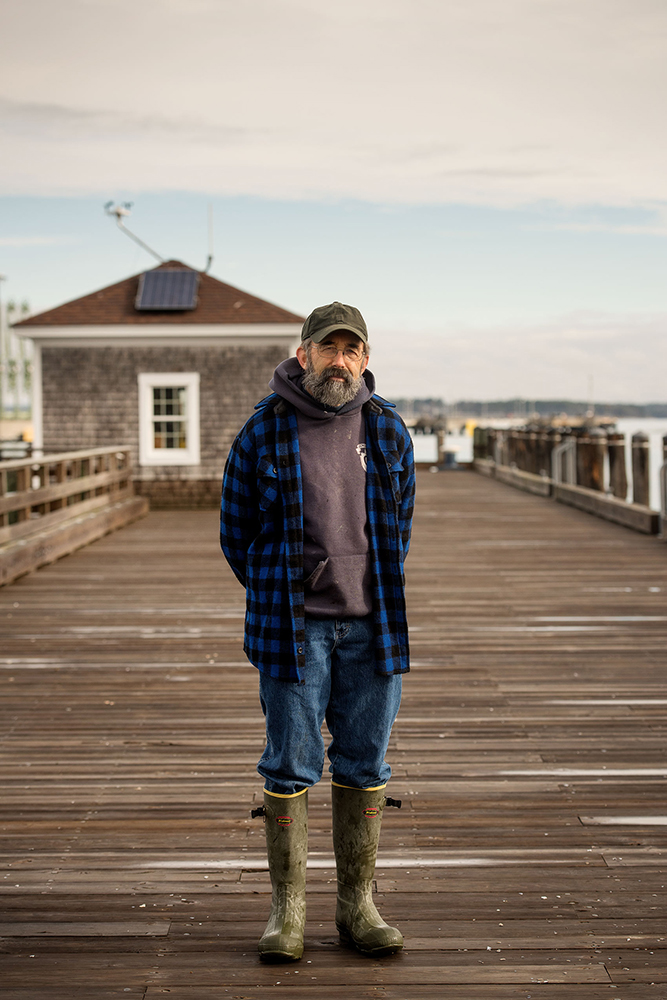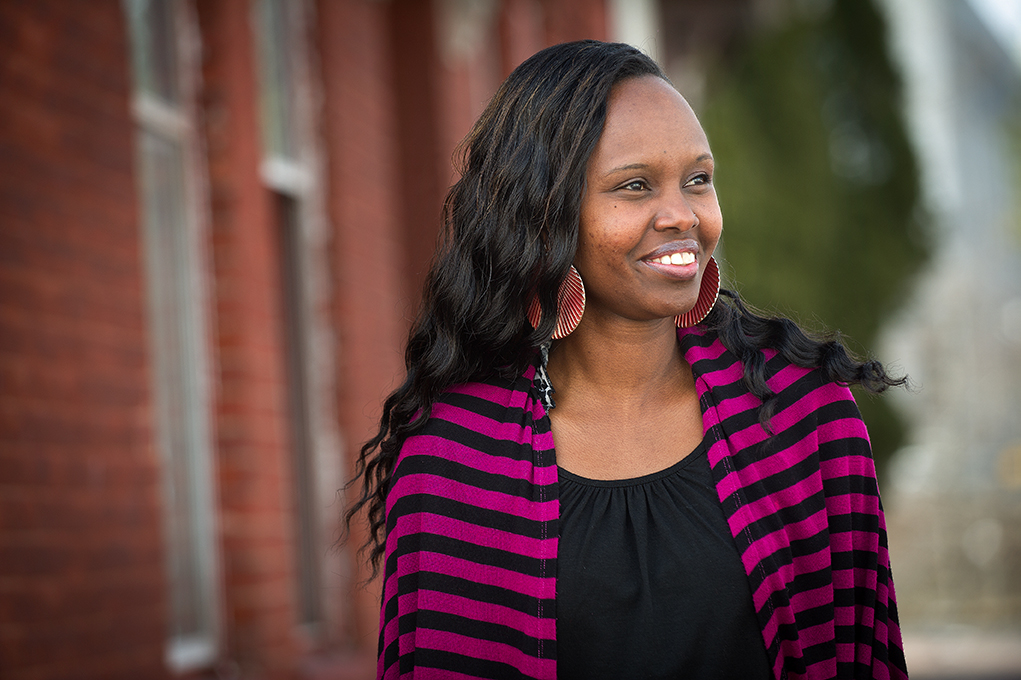Editor’s Note: The following is a reprint from a peice written for a Maine Public Relations Council (MPRC) newsletter. It’s practical tips, relevant for all content creators, whether photographers or marketers.
One of my favorite photography-related quotes is from National Geographic photographer Jim Richardson. “If you want to be a better photographer, stand in front of more interesting stuff.”
Richardson stood in front of plenty of interesting stuff during his long career.
With a decent digital camera (or an iPhone), standing shoulder to shoulder with Richardson—say, on one of his trips to Cuba, photographing a wedding—you and I both would come away with something we’d want to hang on our walls.
The problem is, most of the time, we’re not in Cuba. Instead, we’re working an awards ceremony in a dimly-lit ballroom. Rather than capturing a portrait of a campesino standing in a sugar cane field, we’re snagging a headshot of an unfortunate new hire in the spare conference room.
Your work may never end up on the pages of National Geographic. That doesn’t mean you can’t elevate your images to something you’re proud represents you and your brand. Here are a few tips that can help you improve your images, today, with the gear you already have.
Watch your backgrounds
Before clicking, do a visual check of your background. Is there a pole back there, looking like it’s growing out of your subject’s head? Analyze your backgrounds and then position yourself in order to clean them up.

Lose the horizon
Examine your images. Does the horizon line —the line separating the ground from the sky—appear right across the middle of your frame? Get rid of it by squatting down low and photographing at an upward angle. Or, get up on a chair and angle the lens down, until only the floor fills your frame. This trick can make your background simpler and cleaner and result in more interesting images.

Use the Rule of Thirds
Divide your frame into a grid of nine squares. Place your dominant subject in one of the the top, bottom or sides squares, creating visual tension and interest.

Go Outside
Make outdoor images during the “Golden Hour”—the magical time just after sunrise or before sunset—when the sun is low and the light horizontal. This warm-toned light will flatter any subject.

Turn off your Flash
Turn off your built-in camera flash. Find a location with sufficient ambient light, and use that light instead. Even after color-correction, your portraits will immediately look a thousand times better, I promise.

